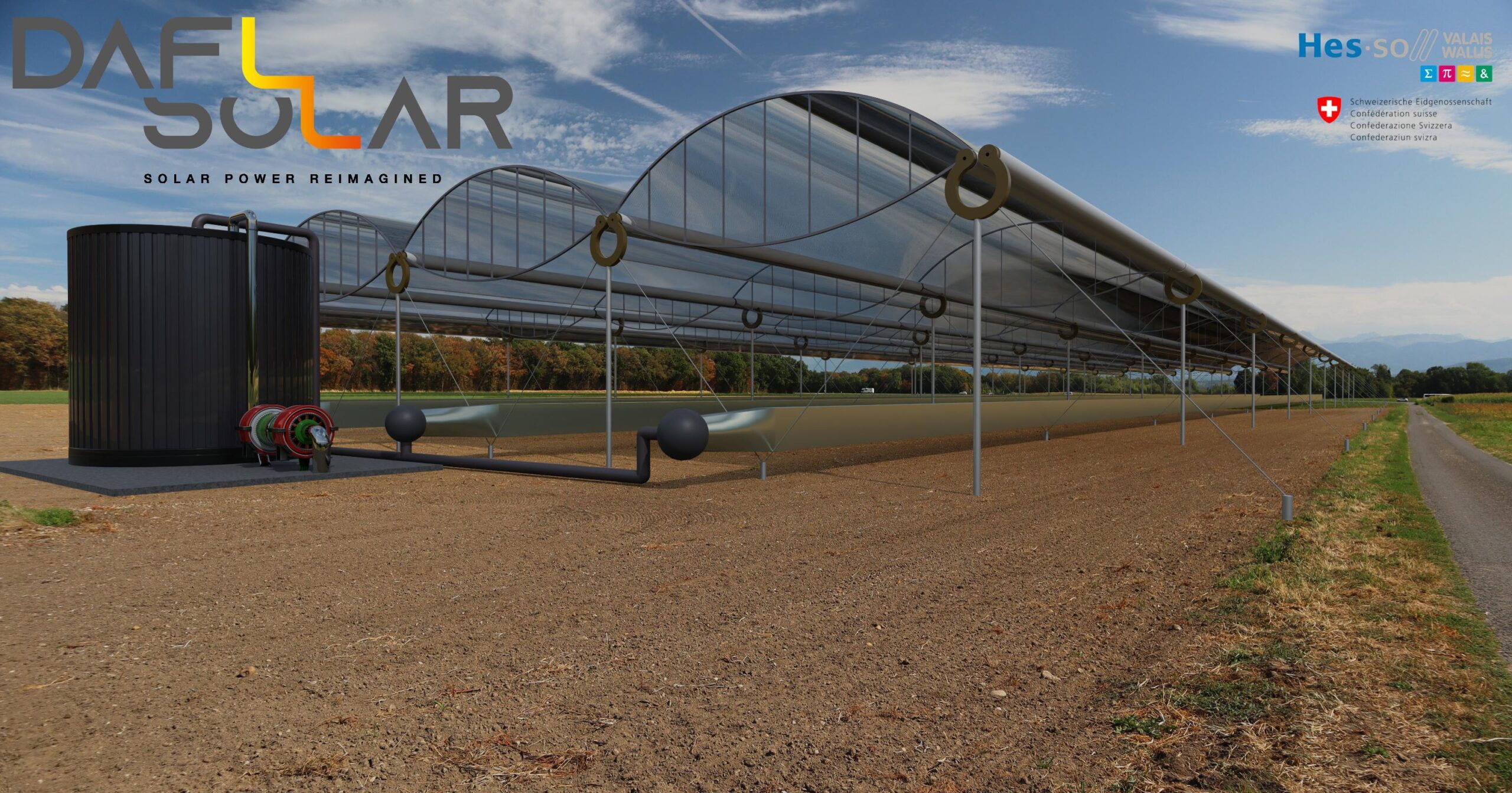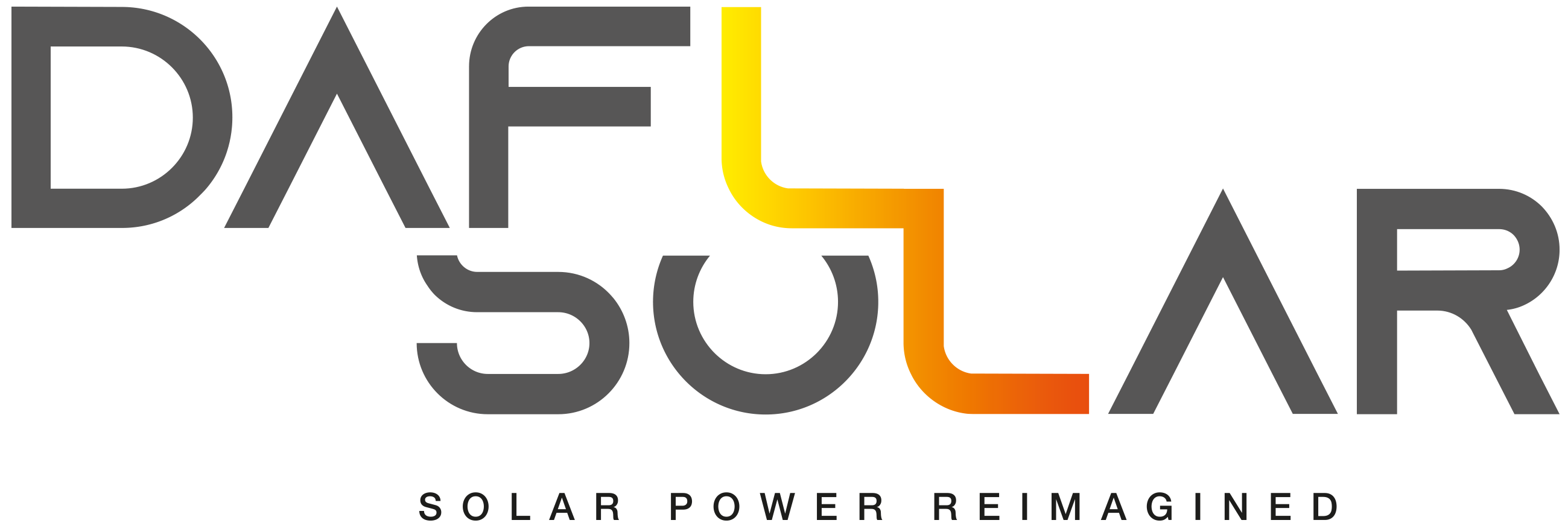A path to 100% renewable energy

The Dual Axis Fresnel Lens (DAFL) is a solar concentrator in development with The University of Applied Sciences and Arts Western Switzerland (HES-SO Valais-Wallis) and supported financially by the SwissConfederation.
A New look at Concentrated Solar Power
The Dual Axis Fresnel Lens (DAFL) is a solar concentrator to harness the economic advantages of cheap thermal energy storage (TES).
Thermal Energy Storage
Energy storage is required to provide 24/7 power from intermittent renewable sources. Established TES technology has a smaller footprint and can provide storage at a fraction of the cost of battery or pumped hydro. Low efficiency and high cost of capturing the solar energy have so far prevented the use of Concentrating Solar Power (CSP) with TES to be competitive against fossil fuels in all except the highest solar resource regions.
The Solution

The cost of a typical CSP plant is split 50/50 between the solar field and the heat engine. DAFL was conceived to tackle both:
Solar field costs are reduced by using linear Fresnel lenses instead of mirrors while heat engine costs are reduced by achieving higher operating temperatures which is only possible with substantially higher solar concentration ratios. DAFL’s unique IP uses secondary optics to reach these concentration ratios, which is expected to reduce the costs of both the heat engine and solar field to half that of state-of-the-art CSP technologies.
Financial De-Risking
DAFL moves manufacturing complexities off-site and can deploy smaller units at a more distributed level. This allows economies of scale, iterative and continuous product development (proven successful at reducing costs for PV and wind) and a reduction in the financial risks associated with large installations which are typically required for conventional CSP.
Global Reach
Economic modelling has shown that DAFL can not only contribute to fulfilling Switzerland’s 2050 energy transition goals but could provide 90% of the world population with a locally generated and low-carbon source of energy that is cheaper (without subsidies) than fossil fuels.

As the materials used for DAFL are readily available, it is scalable to global level without resource constraints and could be deployed within the timescale of the IPCC’s most ambitious climate change mitigation socio-economic pathway.
A Team for the Challenge
DAFL is being developed in collaboration with The University of Applied Sciences and Arts Western Switzerland (HES-SO Valais-Wallis) with a skilled engineering team and is supported financially by the Swiss Confederation.
Newsletter
Please sign up to get the latest progress and developments
